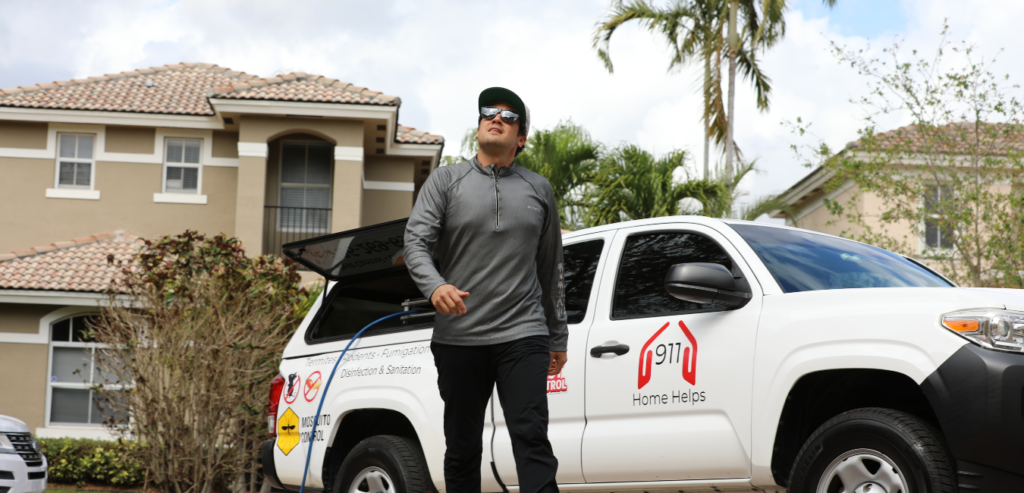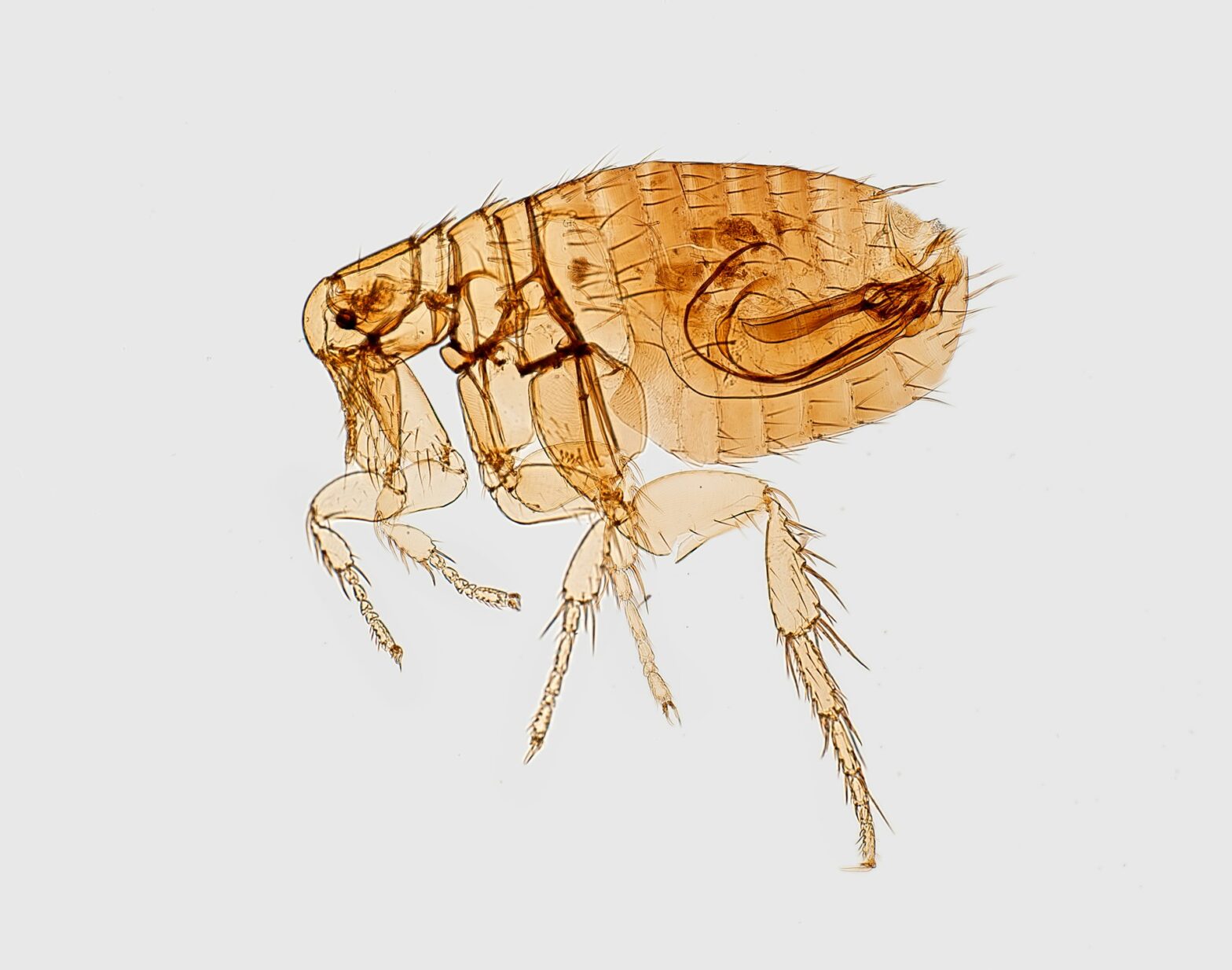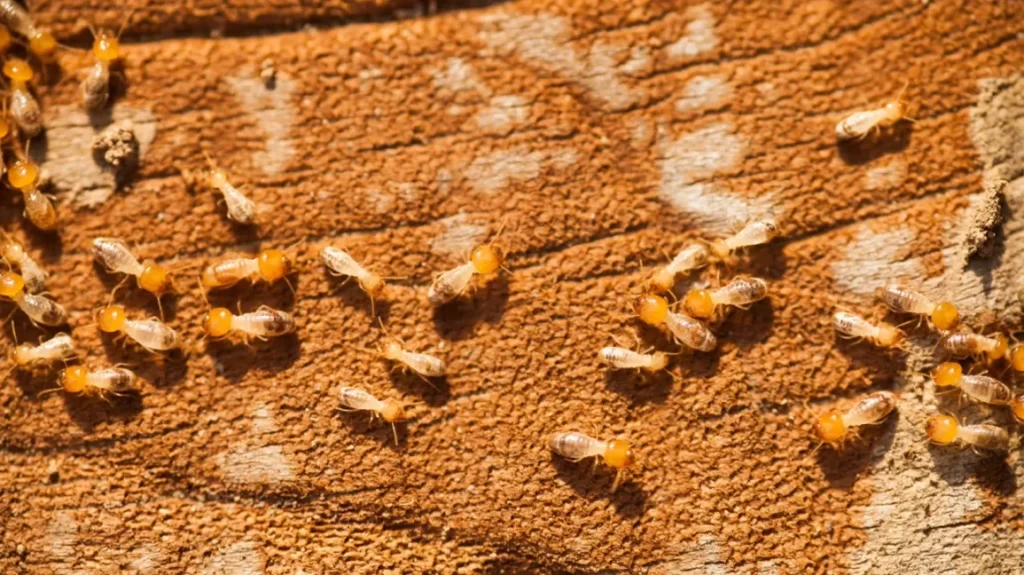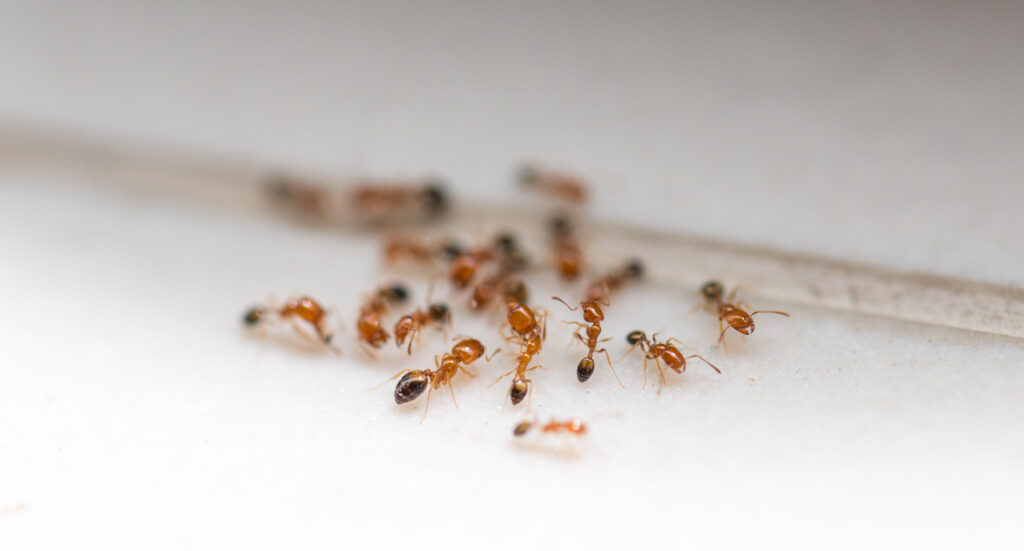Here’s how to set the stage for success and allow technicians to tackle infestations efficiently while minimizing disruptions to daily life.

Understanding Why Preparation Matters
Pests thrive in hidden corners, cluttered spaces, and overlooked crevices. Professionals need clear access to these areas to apply treatments. Obstacles only delay progress and risk missing problem zones. Preparation streamlines the process, allowing experts to focus on targeted solutions rather than navigating chaos.
Clear the Clutter: Create Space for Precision
One of the most impactful steps involves decluttering. Start with rooms where pests frequent—kitchens, basements, and bathrooms. Remove items stored under sinks, inside cabinets, or along baseboards. Cardboard boxes, piles of newspapers, and unused appliances often harbor insects like roaches or silverfish. Swap cardboard for plastic bins with tight-fitting lids, which deter pests and simplify future inspections.
Don’t overlook furniture. Move sofas, beds, and bookshelves away from walls to expose potential hiding spots. Vacuuming behind these pieces before treatment eliminates crumbs and eggs, giving technicians a clean slate to work with.
Remember, they’re pest exterminators, not the cleaning crew.
Secure Food and Kitchen Essentials
Pantries and countertops demand special attention. Seal all food items—including pet food—in airtight containers. Wipe down jars, canisters, and spills that might attract ants or rodents. Empty trash bins and dispose of garbage outside to prevent odors from luring pests back post-treatment.
Appliances like microwaves, toasters, and ovens benefit from a quick clean. Crumbs trapped beneath these devices serve as buffets for insects. Pull them forward, wipe surfaces, and let technicians inspect hidden gaps where pests nest.
Protect Pets and Family Members
Safety protocols vary depending on treatment methods. Some sprays require pets and children to vacate for several hours, while bait stations might need monitoring. Consult your provider about specific guidelines.
Aquariums pose unique challenges. Cover tanks with something that keeps it sealed tight and turn off air pumps during spraying to prevent chemical exposure. Birds, reptiles, and small mammals may need temporary relocation due to heightened sensitivity.
Prepare Outdoor Areas for Full Coverage
Exterior treatments often target foundations, gardens, and entry points. Trim shrubs and tree branches touching the house—these act as bridges for ants and rodents. Clear debris like fallen leaves or stacked firewood, which shelter termites and spiders.
Check for standing water in gutters, flowerpots, or birdbaths. Mosquitoes breed rapidly in stagnant water. Also, don’t forget to give technicians access to sheds, garages, and crawl spaces by unlocking gates or clearing pathways.
Communicate Clearly About Problem Areas
Before technicians arrive, note where pests appear most often and share these observations. It helps experts prioritize areas and choose the right methods. Mention any allergies or past reactions to pesticides. Reputable companies prioritize safety, adjusting strategies to accommodate health concerns.
Post-Treatment Precautions: What to Expect
After treatment, avoid cleaning treated surfaces for at least 24 hours. Wiping down cabinets or mopping floors too soon can dilute chemicals. Ventilate rooms by opening windows once you’re told it’s safe.
Some pests, like bed bugs or fleas, become more active immediately after treatment as they flee affected areas. Stay calm—this signals the solution is working. Follow-up visits might be necessary for severe infestations, so maintain preparedness until the problem resolves.
Why Expertise Makes a Difference
Choosing experienced pest control professionals guarantees that your preparation efforts aren’t wasted. They identify root causes—like moisture issues or structural gaps—and offer long-term prevention tips beyond standard sprays.




